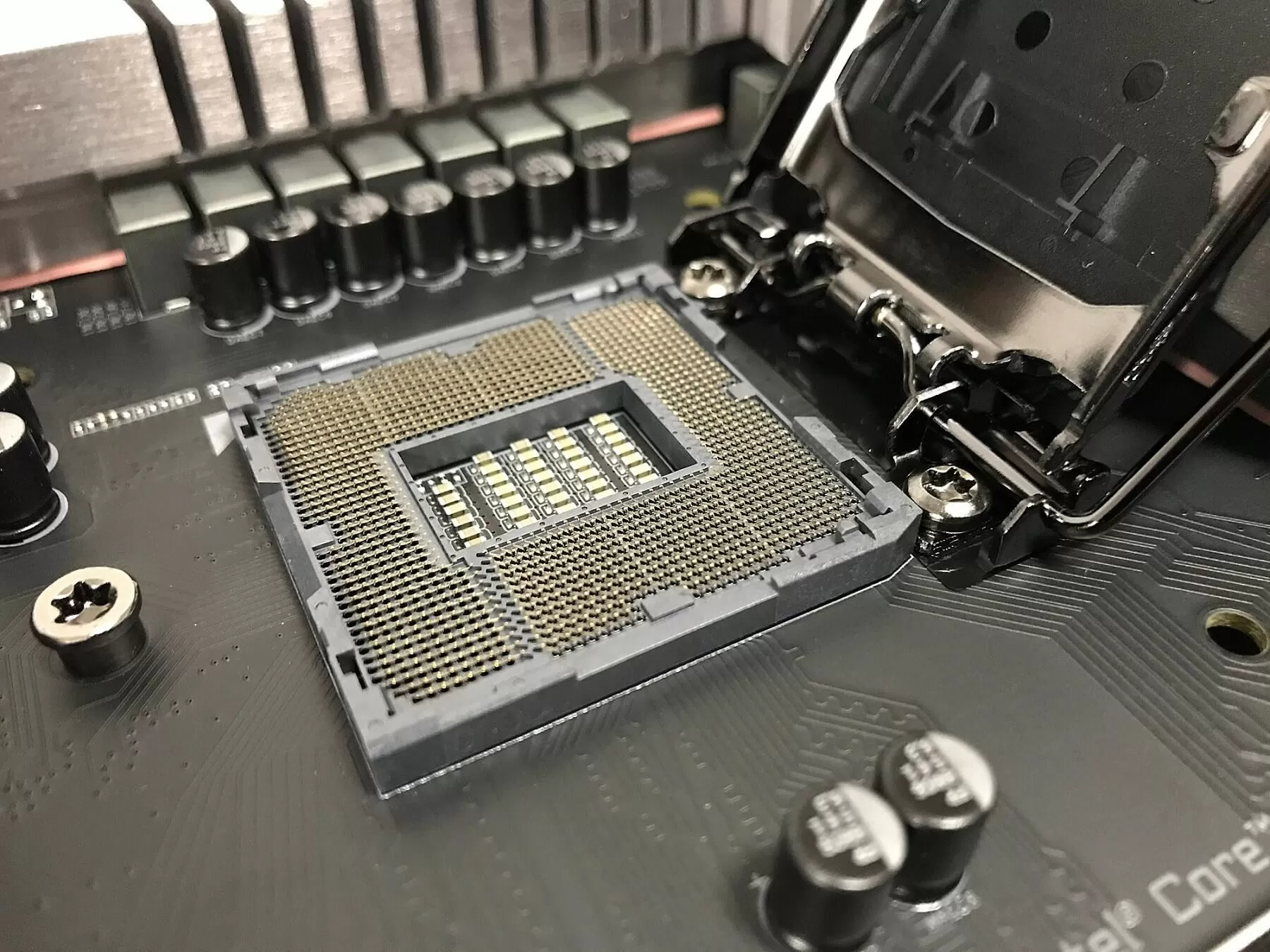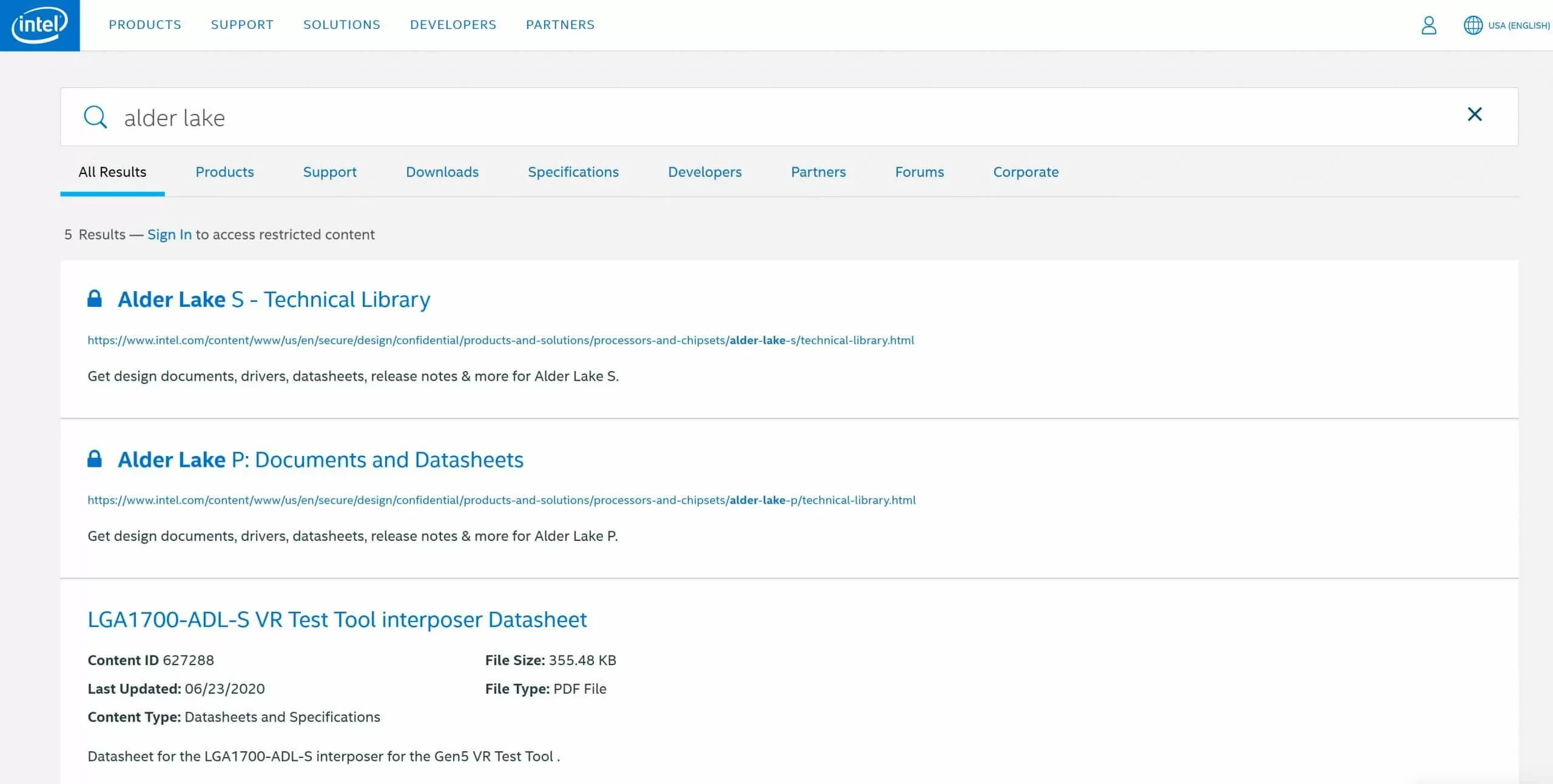Forward-looking: It seems there’s nothing Intel loves more than launching new sockets. With LGA 1200 only recently released alongside the 10th-gen Comet Lake chips, more evidence has emerged that the 12th-gen Alder Lake processors will switch to a new, LGA 1700 socket.

Soon after the Core i9-10900K CPU was revealed back in April, we got confirmation that the new 400-series motherboards would also support the 11th-gen Rocket Lake CPUs, which are due to arrive next year.
In May, a Taiwanese company that provides voltage regulation test tools to Intel in the Asia-Pacific market suggested that the LGA 1200 socket will only be used for two generations of processors. It listed several future Intel CPUs, including the codename for Alder Lake-S with a description revealing it supports the LGA 1700 socket.
Now, a leaked Intel document from twitter user @momomo_us seemingly confirms it: those who want an Alder Lake CPU will need a new motherboard with an LGA 1700 socket. Alder Lake-S refers to the desktop chips, but it’s unclear what Alder Lake-P might be.
While the LGA 1200 socket brought few changes over its LGA 1150 predecessor, LGA 1700, which is expected to launch in early 2022, will reportedly be a lot different to what's come before. In addition to the 500 extra pins, we’ve heard that the socket will be a rectangular shape (45mm × 37.5mm) rather than the usual square. We’ve also heard that Alder Lake will use a big.LITTLE design similar to Arm's, combining eight high-powered cores with eight energy-efficient ones. It will also support DDR5 RAM and PCIe 4.0—later versions might support PCIe 5.0.
Alder Lake is expected to use the 10nm++ process node and will likely feature Intel’s Xe integrated graphics, which we recently saw running Battlefield V at 30fps on a laptop without a dedicated graphics card.
https://www.techspot.com/news/85798-intel-confirms-switch-lga-1700-socket-alder-lake.html

